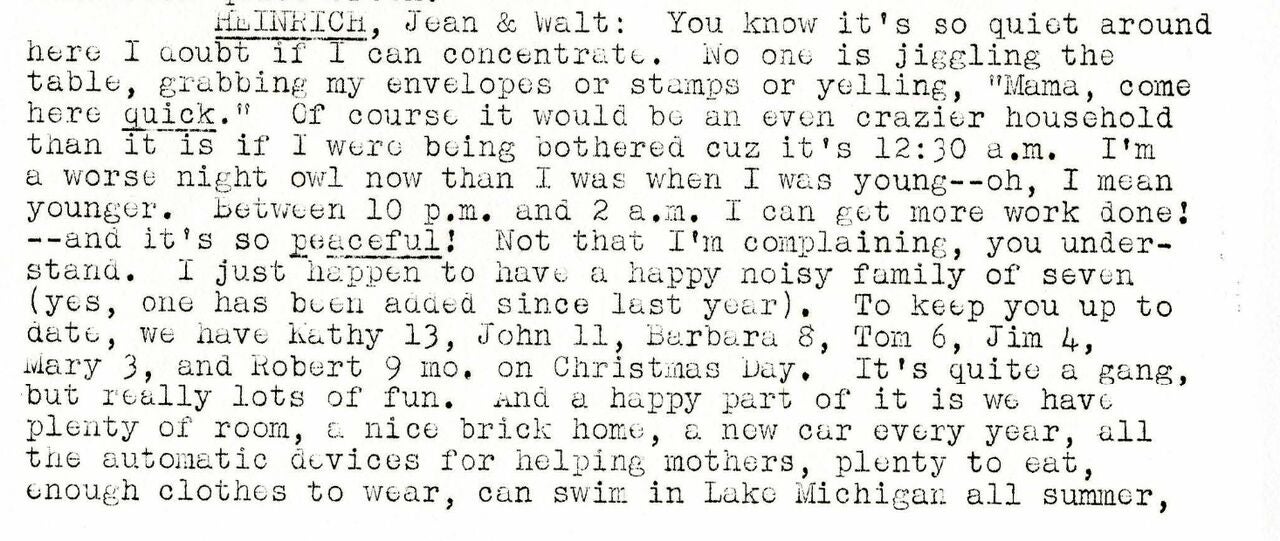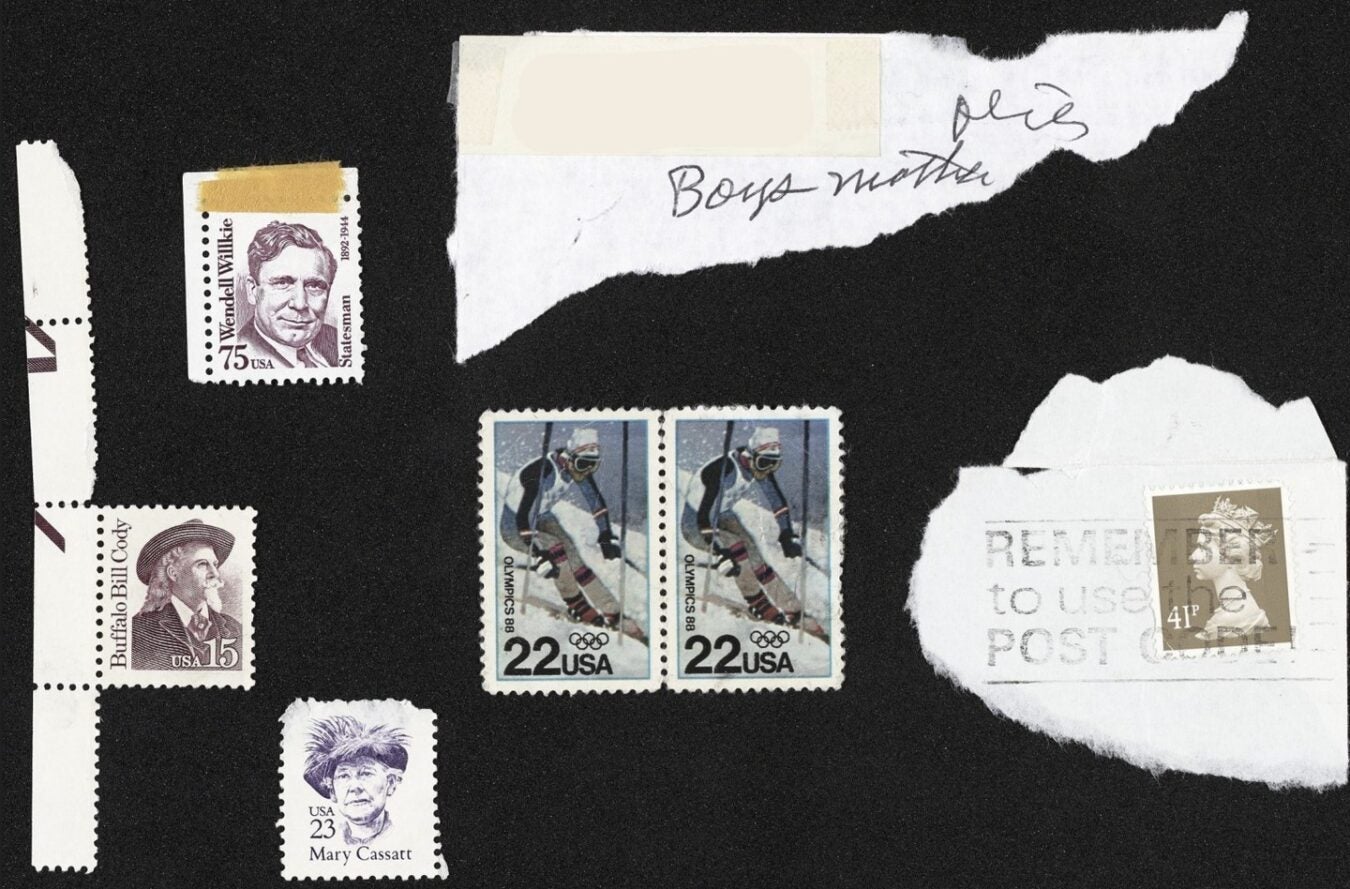This March, JSTOR’s collection highlights include a vibrant mix of historical archives, health media, and pathbreaking literature. From Montana’s mid-century newsletters to a global archive on HIV/AIDS and the arts, these additions illustrate the power of preservation and the depth of human creativity. Let’s explore the highlights.
Path to Open book of the month: Published by the Author

Each month, we’ll spotlight a title from JSTOR’s Path to Open program—a pilot program that makes new books available to participating institutions now and fully open access after three years.
March’s featured title is Published by the Author: Self-Publication in Nineteenth-Century African American Literature by Bryan Sinche, published by University of North Carolina Press.
A standout chapter, “That This Book May Speak for Me,” explores how Black preachers like George White and Jarena Lee used self-publishing to build community, and challenge exclusion, leaving behind powerful records of leadership and resistance.
Read the chapter or learn more about the Path to Open program.
Reveal Digital: Documenting the artistic response to HIV/AIDS

HIV, AIDS & the Arts is a growing open access collection from Reveal Digital.
Since the earliest years of the AIDS crisis, artists have responded using every form of media to confront stigma and celebrate life. This collection preserves that response across visual art, playbills, sheet music, zines, personal papers, and more. It centers voices often left out of traditional AIDS archives, particularly from Africa and the Global South.
Shared collections: Montana newsletters and angling notebooks
Class of 1940 Newsletters – Montana State University-Bozeman

This warm and witty collection features decades of alumni updates from the “Old Gang” of Montana State’s Class of 1940. These typewritten newsletters document friendships, family news, and changing times with charm and detail.
Sylvester Nemes Papers – Montana State University-Bozeman

A master of soft-hackled flies and a devoted angling writer, Sylvester Nemes left behind drafts, correspondence, and even two unpublished historical novels. His papers reveal a life spent chasing both trout and stories.
Audiovisual archives: animated lessons in public health
Two featured animated films from the Wellcome Collection used storytelling to teach health awareness.
Hygiene: Kate’s Party (1990)
This video introduces children to five key hygiene rules through a surprise visit from the Hy-genie.
Dying for a Smoke (1967)
This video follows a teen lured into smoking by “Old Nick O’Teen”—until he glimpses the future and takes control of his health.
March’s highlights show how archives can deepen our understanding of health, history, and human expression. We’ll be back in April with more to explore!



